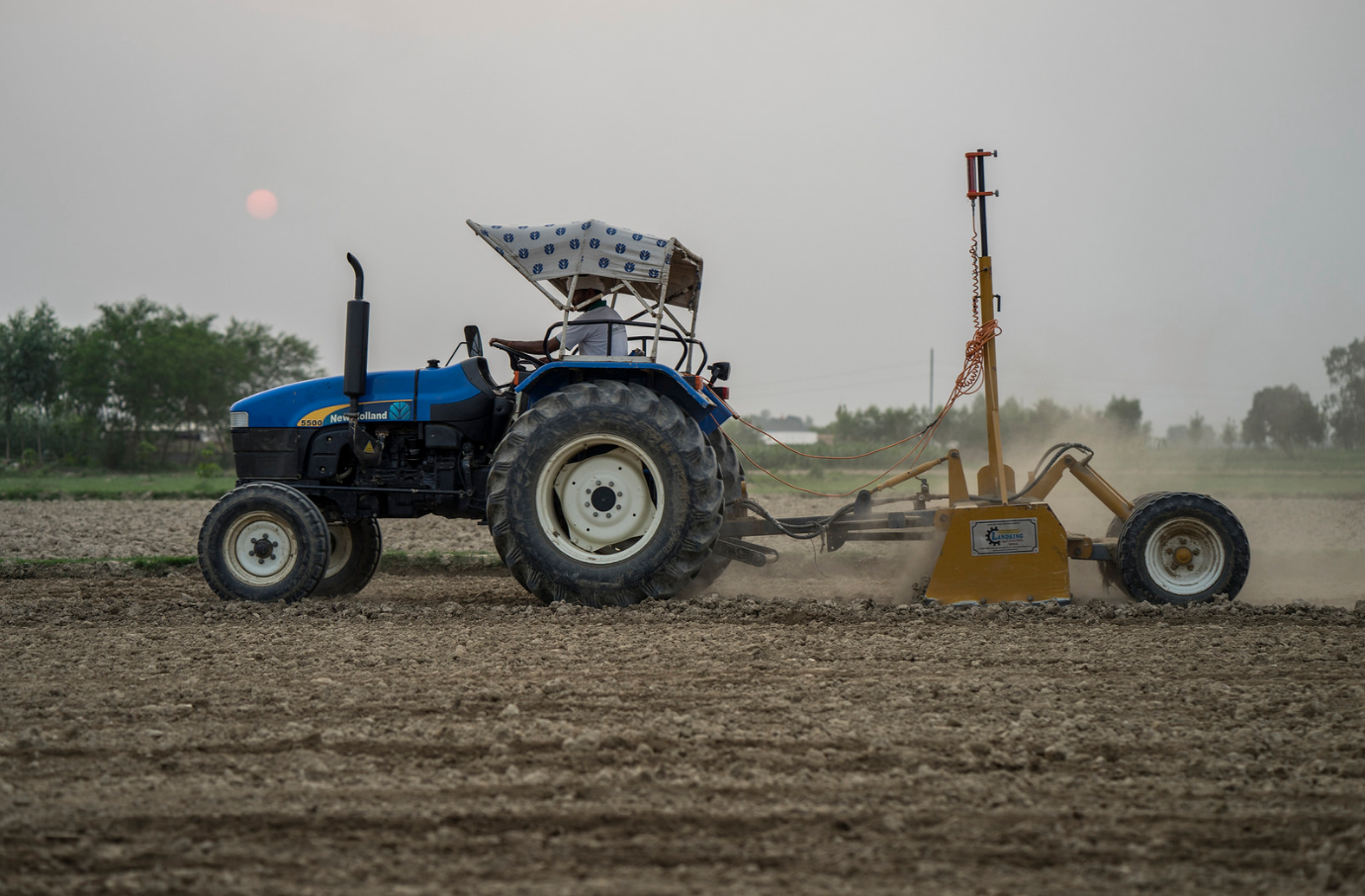
EL BATAN, Mexico (CIMMYT) – In 2015, more than 100 countries pledged to reduce agricultural greenhouse gas (GHG) emissions during the Paris Agreement of the United Nations Framework Convention on Climate Change.
However, little technical information about how much mitigation is needed, versus how much we are capable of, is available.
A recent study which CIMMYT scientists and others participated in identifies this gap, stating that plausible agricultural development pathways that mitigate climate change only deliver 21-40% of what we need to limit warming in 2100 to 2 °C, an amount that is already predicted to cause large food security and other risks.
The authors of the study conclude saying that more transformative technical and policy options will be needed, such as methane inhibitors and finance for new practices if we are to limit our warming below 2°C. In addition, they call for more comprehensive targets for the 2 °C limit to be developed including soil carbon and agriculture-related mitigation options.
They also say that excluding agricultural emissions from mitigation targets and plans will increase the cost of mitigation in other sectors, or reduce the feasibility of meeting the 2 °C limit.
Read the study “Reducing emissions from agriculture to meet the 2°C target.” here and check out CIMMYT’s other new publications below:
- Effects of tillage and mulch on the growth, yield and irrigation waterproductivity of a dry seeded rice-wheat cropping system innorth-west IndiaNaveen. 2016. Naveen-Gupta; Sudhir-Yadav; Humphreys, E.; Kukal, S.S.; Balwinder-Singh; Eberbach, P.L. Field Crops Research 196 : 219-236.
- Evaluation of the effects of mulch on optimum sowing date andirrigation management of zero till wheat in central Punjab, India using APSIM. 2016. Balwinder-Singh; Humphreys, E.; Gaydon, D.S.; Eberbach, P.L. Field Crops Research 197 : 83-96. Griffiths, S.; Bangyou Zheng; Chapman, S.; Reynolds, M.P. Crop Science 56 : 1-11
- High-temperature adult-plant resistance to stripe rust in facultative winter wheat.2016. Akin, B.; Xian Ming Chen; Morgunov, A.; Nusret Zencirci; Anmin WanD; Meinan Wang. Crop and Pasture Science. Online First.
- Identification of Earliness Per Se Flowering Time Locus in Spring Wheat through a Genome-Wide Association Study. 2016. Sukumaran, S.; Lopes, M.S.; Dreisigacker, S.; Dixon, L.E.; Meluleki Zikhali.
- Reducing emissions from agriculture to meet the 2 °C target. 2016. Wollenberg, E.; Richards, M.; Smith, P.; Havlík, P.; Obersteiner, M.; Tubiello, F.N.; Herold, M.; Gerber, P.; Carter, S.; Reisinger, A.; Vuuren, D.P. van; Dickie, A.; Neufeldt, H.; Sander, B.O.; Wassmann, R.; Sommer, R.; Amonette, J. E.; Falcucci, A.; Herrero, M.; Opio, C.; Roman-Cuesta, R.M.; Stehfest, E.; Westhoek, H.; Ortiz-Monasterio, I.; Sapkota, T.B.; Rufino, M.C.; Thornton, P.; Verchot, L.; West, P.C.; Soussana, J.F.; Baedeker, T.; Sadler, M.; Vermeulen, S.; Campbell, B.M. Global Change Biology. Online First.
 Climate adaptation and mitigation
Climate adaptation and mitigation 
